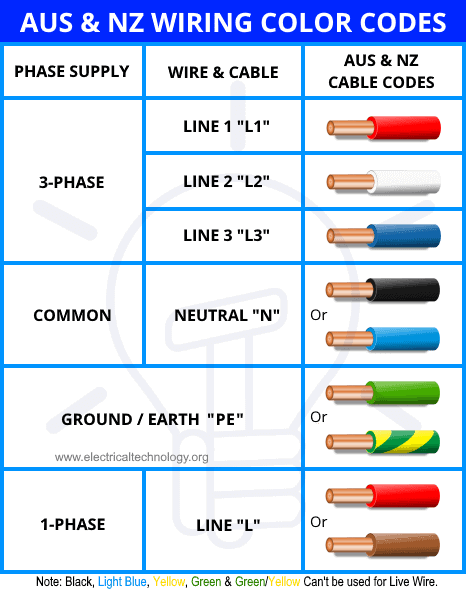Electrical wire color coding is crucial for identifying different wires and their functions in electrical systems. The color of the insulation on the wires helps electricians and homeowners easily distinguish between live wires, neutral wires, and ground wires. Understanding the electrical wire color chart is essential for safely working with electrical systems and preventing accidents or damage.
In North America, there are standard color codes for electrical wires that are used in residential, commercial, and industrial settings. The most common wire colors and their corresponding functions are as follows:
Electrical Wire Color Chart
- Black: Live wire, carries current from the power source
- White: Neutral wire, completes the circuit and returns current to the power source
- Green or bare copper: Ground wire, provides a path for current to safely flow to the ground
- Red: Secondary live wire, used in three-way switches or split-wired receptacles
Additional Wire Colors
While the above colors are standard in North America, there are variations in other parts of the world. It’s important to consult a local electrical code or professional electrician to ensure compliance with regulations. Some additional wire colors that may be used include:
- Blue: Used as a live wire in some systems
- Yellow and/or green stripes: Combined ground and earth wire
- Orange: Used for high-voltage applications
